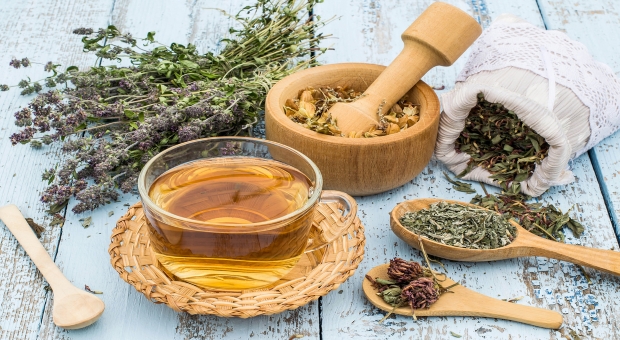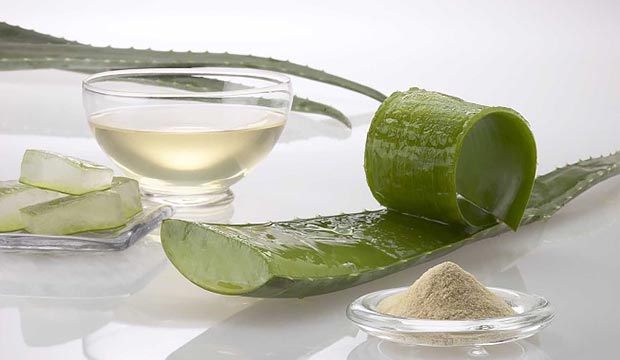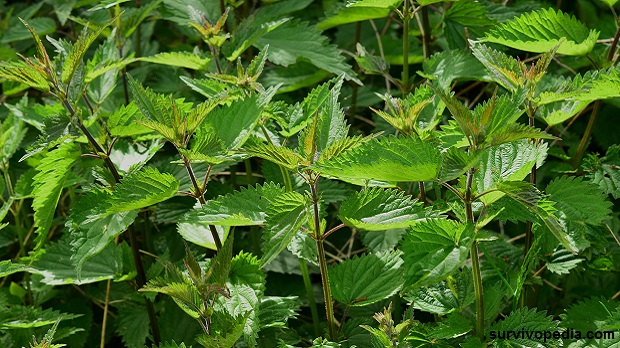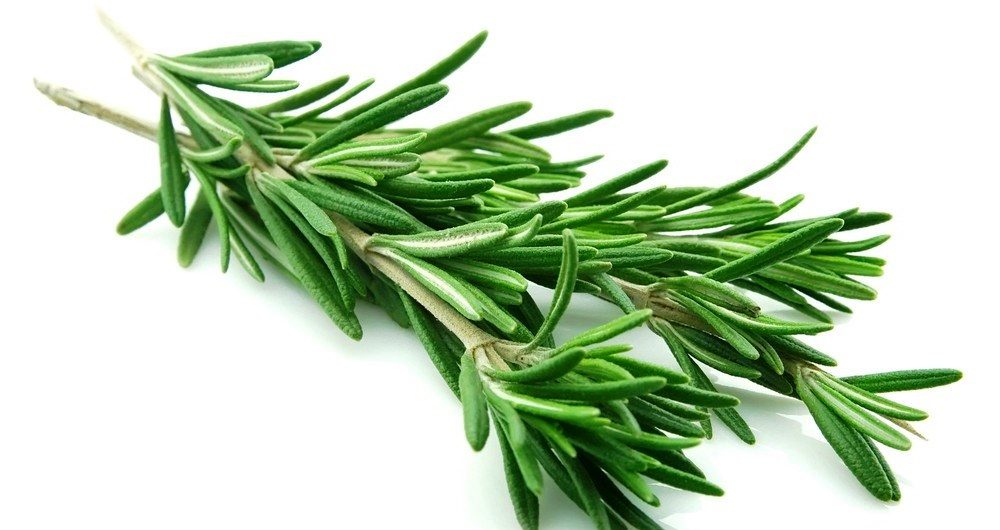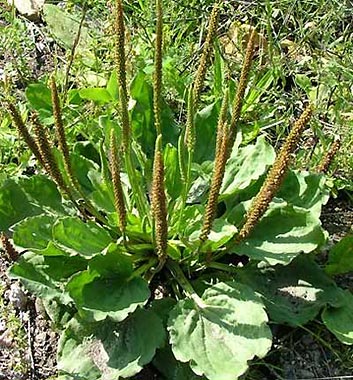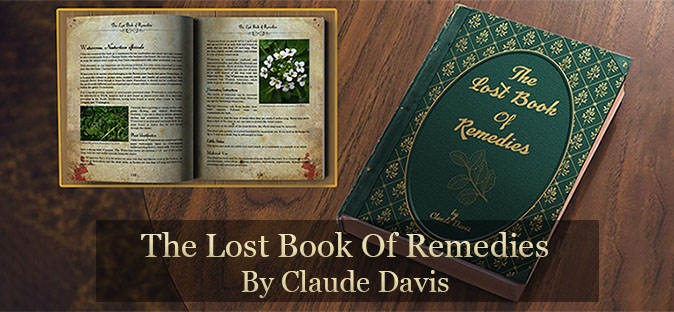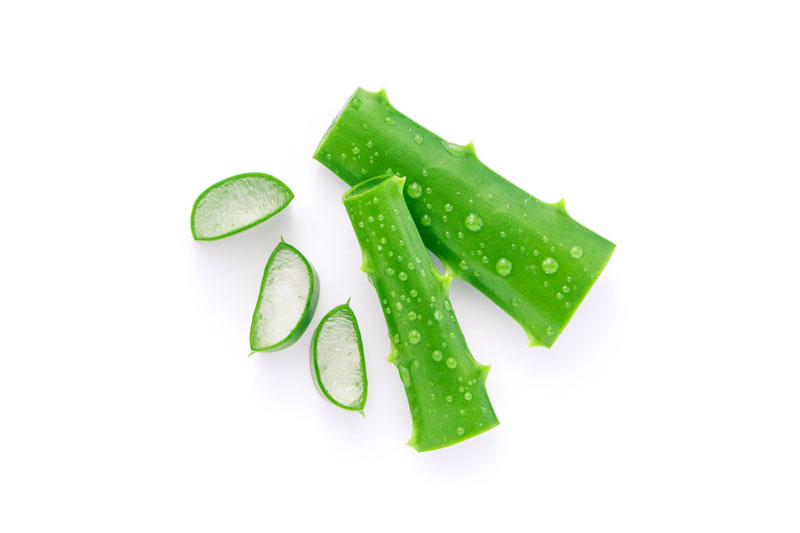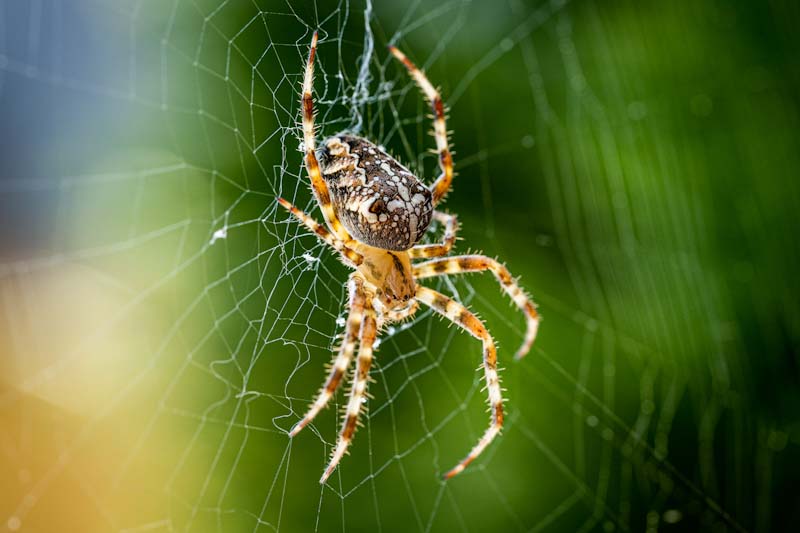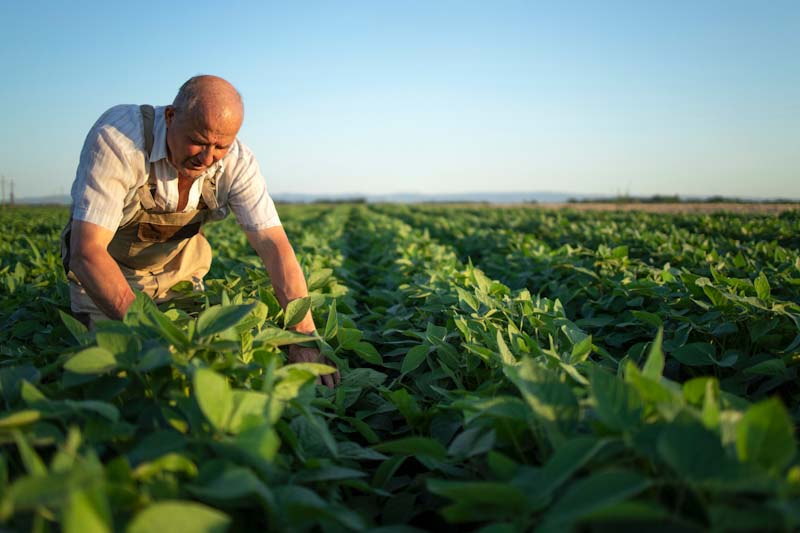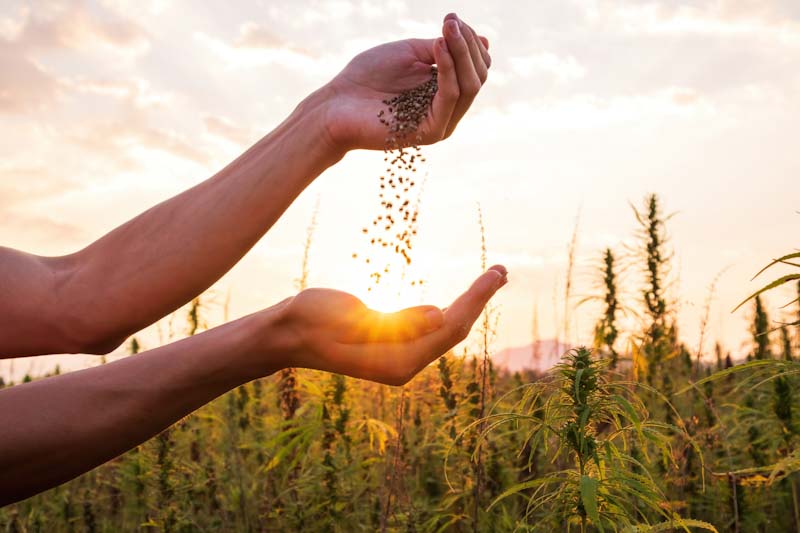Herbal healing is getting more and more popular lately. It is uncertain if the COVID pandemic is the reason behind it or if people have once again rediscovered the beneficial effects of natural healing.
Humankind has been using the healing properties of plants for millennia to heal sickness and ease pain, and it’s one of the main factors that helped us survive times of adversity.
The first physicians were mainly herbalists, and various historical records showed the high degree of medical knowledge of our ancestors. In ancient Egypt, the Ebers Papyrus was the main healing papyri, and it describes many prescriptions. It dates back to 1550 BC and is one of the oldest medical herbal knowledge known to humanity.
Even earlier than that, the Chinese used a book called PenTh’ao (Essential herbs) written by Shen Nung, the God of Farming that lived 2,700 before Christ.
Perhaps the most trustworthy herbalist remains Hippocrates. He was the one that made a correlation between the use of herbal medicine in treating various medical conditions, the diet, the habits, and the environment in which the patient lived.
Healing plants today
In our modern days, the importance of plants and herbs is not given the proper attention, and it rarely finds its place in the spotlight. All this considering that our planet’s rainforest and all remaining green zones are chemical factories still undiscovered. Many of today’s “modern drugs” are the byproduct of herbal processing. Here are just a few examples of modern medicines made from plants:
- Cortisone is derived from yams
- Penicillin is produced from a mold
- The drug treating stomach ulcers, Atropine, comes from the processing of the Belladonna plant
- Reserpine (a tranquilizer and high blood pressure medicine) comes from India’s snakeroot
- Codeine and other such drugs come from the opium poppy from the East
To us, modern medicine provided invaluable aid during times of sickness and is used wisely following the physician’s recommendation, and it can make the difference between life and death. However, preppers and survivalists know that we can’t always count on professional medical aid. For us, making an emergency medical kit and getting familiar with herbal healing becomes a must.
Even if some may argue that herbal medicine is not as potent as modern drugs, it can still be employed with great success to serve our needs when SHTF. The healing plants listed in this article can be grown in any garden, and people should learn about their properties and uses.
Chamomile
Chamomile can be grown easily in your garden, and it doesn’t require any work from your side. This plant is widely used all over Europe due it is medicinal properties. You can brew it into tea and treat stomach upsets or indigestions, and it will also help you get rid of morning sickness. An infusion of chamomile can be used as a mouthwash, but it can also be a great herbal rinse for your hair.
Chamomile has a mild sedative effect, and due to its good content of flavonoids and coumarins, it is considered an effective supplement for helping those who have insomnia. You can make an infusion and use it as warm compresses to treat eye infections (use it as a soothing eyebath). People in Europe also use such compressed to treat ear infections. Due to its anti-inflammatory properties, chamomile can be found in all sorts of anti-inflammation ointments and cosmetics.
Burdock
The first European settlers were the ones to introduce Burdock to North America, and thanks to them, this plant with European and North Asian origins is widely spread across our country. Although it is seen nowadays as an invasive weed, Burdock was a well-known food and medicine source back in the day. All parts of the plants can be used, but you need to learn when to harvest them. Here is what you should do:
- In July, dig the roots since they have a proper length, and you can hardly miss them. The size can go up to 12 inches with a general 1-inch thickness.
- From May to August you can collect the leaves and flowers.
- During the fall, you can collect the seeds.
In Asia, they love eating young leaves and flower stems, but also the roots. However, the trick with the roots is to learn how to get rid of the bitter taste. Slice them thinly and let them soak in water for a few hours before cooking them.
The roots and leaves are primarily used for herbal medicine, and you can make a decoction with anti-scorbutic properties. You can use it to treat rheumatic affections, scurvy and to heal boils.
You can also make an infusion using the leaves since it can help you treat long-lasting indigestions. If you make a poultice and apply it topically, you can relieve bruises and inflamed skin surfaces.
Aloe Vera
This plant can be found in most homes and mainly used as a decorative plant. Back in the day, homemakers kept one in reach, in the kitchen, to treat accidental burns. The succulent leaves contain a gel with cooling and medicinal properties. This gel is excellent for treating sunburns, cuts, and minor burns.
Aloe vera can be used both internally and externally due to its healing properties.
Used internally, aloe vera juice can help treat colitis, various digestive problems, and severe constipation. Drinking the juice regularly will help develop an appetite, making it an ideal aid for those recuperating from an illness or people who have developed food fatigue during times of isolation or fed a poor diet for long periods.
Used externally, it can help heal damaged skin, and at some point, it was even recommended for radiation burns. In general, you can use aloe vera gel to treat all kinds of skin conditions, from eczema to nasty bug bites.
Peppermint
Peppermint is a plant that thrives in any garden, and it requires little maintenance. Once established, you won’t have to worry about its wellbeing.
Although peppermint is still used, mainly as a flavoring herb, it has various health benefits that we can take advantage of during times of hardship. You can add the leaves raw to multiple dishes or make a tea to aid digestion.
Due to its high content of menthol, peppermint can be used to treat sore and achy muscles. Massaging your feet with peppermint oil after a long day of hiking will do wonders, and it will help you get rid of cramps.
Peppermint tea can be used to help alleviate headaches caused by high levels of stress or poor diet. If you use essential oil to massage your forehead, you will get rid of nasty headaches in no time.
Used as a cold compress, peppermint tea can help treat skin problems such as acne, and it will help you get rid of pimples. Women also use cold compresses over their eyes to get rid of those annoying dark spots.
Dandelion
This is my favorite “weed,” and few people know that it’s one of the oldest medicinal plants mentioned in our history and culture. To the Native Americans, dandelion was both a food and medicinal source.
The use of dandelion as herbal medicine is much older, and the first ones to document its properties were the Arabian physicians back in the 10th century. The first settlers were the ones that grew dandelions in their garden, and for them, it was an essential source of food. They would dig up the roots and roast them to consume as a whole or to add them to various dishes.
Dandelion leaves are used in salads and are a substitute for greens in different dishes. You can also eat the flower, either raw or cooked. And if you have the time to pick them, you can make wine from the flowers.
Keep in mind that the leaves act as a diuretic, stimulating and increasing the urine flow. The leaves are also used to stimulate appetite and help those suffering from digestive problems.
Making a decoction from dandelion roots and leaves helps detoxify the gallbladder and liver, but it can also help your kidneys function better. Dandelion tea is often recommended for people having to deal with kidney stones.
Stinging Nettle
The least favorite plant of those that have accidentally encountered it, stinging nettle remains one of the best healing plants you can harbor in your garden. Due to its high nutrition content, Europeans use it as a spring tonic, but its medicinal uses are vast, that entire books and scientific papers were dedicated to it.
The plant can treat allergies, burns and scalds, anemia, fatigue, arthritis, bronchitis, internal bleeding, pre-menstrual syndrome, kidney stones, poor circulation, urinary tract infections, parasites, etc.
Just like dandelion, stinging nettle is a good diuretic that aids in the secretion and flow of urine but has a better effect in cleaning your body of metabolic waste. It is also much better at breaking down stones and calculi in the kidneys.
Besides its vast medicinal properties, stinging nettle is also an incredible edible, and you can find a lot of recipes online recommending the use of stinging nettle leaves. The plant is a favorite of bushcraft enthusiasts since it can be used to make various cordage, and the plant’s fibers were often used back in the day by the Native Americans to make fishing nets.
Here is a tip for those suffering from poor blood circulation that love hiking and camping. During the colder nights of summer or fall, slap your feet and legs with a few twigs of stinging nettle since this will bring feeling back in the cold limbs, and it will help you sleep better.
Echinacea
Can be found in most gardens and, for some, is nothing more than a decorative plant. However, back in the times of the Native Americans, this plant was extensively used as an immunity booster, and it was the primary remedy to treat colds and other illnesses common during the winter season.
According to studies, echinacea is also beneficial in treating liver problems. The plant contains ingredients with a detoxifying role and at the same time protects the liver.
Echinacea has been used for at least 100 years to treat skin problems. Doctors have confirmed its benefits for curing eczema, minor wounds, psoriasis, insect bites, or skin infections. Echinacea has an anti-inflammatory role, reducing infection and preventing infection of open wounds.
Echinacea can successfully treat nervous system problems such as ADHD, anxiety, depression, or social phobias. To help treat such disorders, it is recommended to consume 20 mg at a time.
It can also help lower blood pressure due to its anti-inflammatory ingredients. Studies have shown that echinacea, consumed regularly, helps maintain blood pressure within normal limits.
Rosemary
A valuable plant for the Mediterranean people, and it was used both for cooking and healing purposes. This shrub with petite and thin leaves tightly packed together is not difficult to grow, and it thrives in every type of soil.
The plant has many medicinal uses, but perhaps, the least know of all is that it can be a good air disinfectant. In French hospitals during the last century, rosemary bushes were often burned to clean the air. People often carried rosemary leaves in small bags, and they used them to cover their mouths and nose when traveling through places affected by diseases.
A rosemary infusion is recommended as the best healing beverage for headaches in Europe. Also, rubbing the forehead with rosemary essential oil will help those suffering from chronic migraines.
Rosemary was used in the hospital as a calming aid, and it was administered to those suffering from mental health issues. An infusion of rosemary, chamomile, and valerian was made and served with honey to make the taste more pleasant.
Suppose you want to keep your cool during times of distress.
In that case, you can try the following recipe:
- Boil three cups of water and add three tablespoons of dried rosemary leaves or flowers, one tablespoon of dried valerian, and one tablespoon of dried chamomile.
- Cover and let it infuse for at least ten minutes.
- Take one cup two times per day for up to five days.
Rosemary is also used in various hair treatment products and shampoos since it can clean and restore damaged hair. In Europe, it is often used as medicine to treat hair loss, and people rinse their hair with rosemary water after each wash.
The first settlers also used rosemary to repel snakes and other animals from their homes. They would plant bushes in the vicinity of their homes and shelters. Some people are even making reptile and insect spray repellent from rosemary.
Plantain
In the last decades, Plantain found its post back in the spotlight primarily due to preppers and survivalists. Thanks to them, a lot of people discovered that this common garden weed has incredible medicinal properties. Besides being an excellent medical aid, plantain is also a good edible, and foragers have learned to pick it from both wild and urban environments.
Although Plantago major is native to Europe, historians believe it was brought to North America by the Puritans as the Native Americans were calling it the “white man’s footprint” since it thrived near the European settlements.
Plantain is full of vitamin C, iron, Vitamin K, and B complex vitamins. It has wonderful antibacterial and anti-inflammatory properties and was widely use for healing wounds. It was externally used for insect and snake bites, and various healing salves were made to treat cuts and bruises. Even more, it was often used to create thread, fishing lines, and even cloth.
I often make a plantain poultice from leaves and raw honey when I have to deal with cuts or various wounds. You can make a simple poultice by crushing fresh leaves and applying them to the wounded area when you find yourself in the wilderness. Replace the poultice every day until the wound heals.
Yarrow
The Ancient Greeks were the ones who discovered the antimicrobial and anti-infectious properties of Yarrow, and they used it extensively to treat battle wounds and slow down the bleeding. The plant is both an edible and a medicinal herb, and you can eat the flowers and leaves raw or cooked.
The leaves have a bitter taste, and it takes time to get used to them. Few people add them to salads, and when they do so, they use only young leaves. The entire plant can be used, but people use mostly the flowers and leaves that are often turned into tea, salve, or poultice.
The dried flower and leaves are used to treat gastrointestinal problems, improve circulation, and lessen menstrual bleeding. Tea is often given to those fighting fevers, and the plant is considered a complete remedy for flu and fever.
I often made yarrow poultice to treat topical conditions such as rashes or when dealing with broken skin. They still make a yarrow ointment in Scotland and apply it to wounds since it has excellent pain-relieving and healing properties.
I make dry yarrow powder from leaves and flowers, and I keep it in my camping bag. It helps me deal with wounds in the wilderness, and I can make a healing salve in no time using beeswax, coconut oil, and dried powder.
Concluding
The plants listed in this article can be quickly grown in your garden, and perhaps you have already pulled some of these out of your garden, thinking they are nothing more than obnoxious weeds. Some are both edibles and medicinal herbs, and the listed medicinal properties are just a summary of their true potential.
Now that you know what plants you can grow, you can better research their medicinal properties and pick the right ones for your garden.
Click below to find out how you can turn common weeds around your house into powerful remedies.


